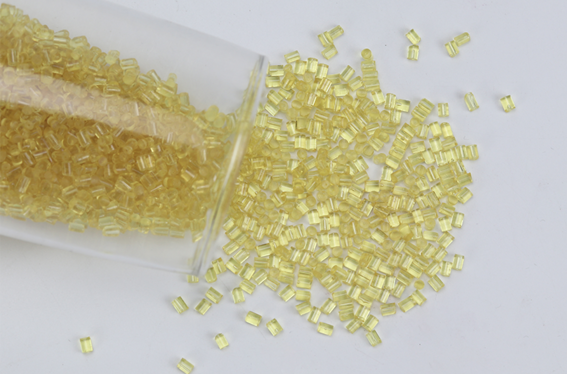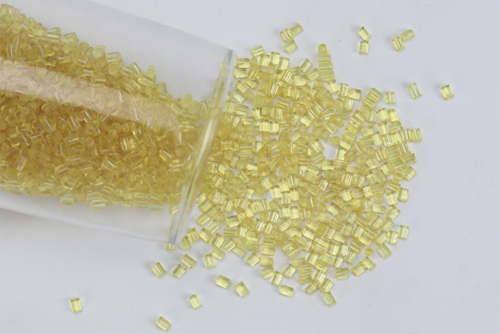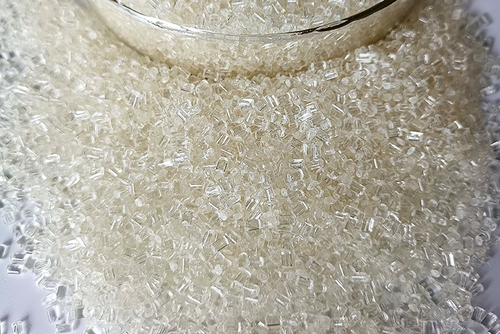News
Site Editor
 Site
/uploads/image/624e518adecd0.png
This article presents a comparative analysis between PEI and other high-temperature plastics, highlighting the advantages and potential applications of each material.
Site
/uploads/image/624e518adecd0.png
This article presents a comparative analysis between PEI and other high-temperature plastics, highlighting the advantages and potential applications of each material.
Comparative Analysis: PEI vs. Other High-Temperature Plastics
Views: 6153
Author: Site Editor
Publish Time: 2024-02-22
Origin: Site
In the realm of high-performance polymers, PEI stands out for its exceptional blend of properties, offering a unique combination of thermal stability, mechanical strength, and chemical resistance. This article presents a comparative analysis between PEI and other high-temperature plastics, highlighting the advantages and potential applications of each material.

Overview of PEI
PEI is an amorphous, amber-to-transparent thermoplastic known for its high heat resistance, excellent electrical properties, and inherent flame retardancy. It operates effectively in temperatures up to 338°F and exhibits outstanding resistance to a broad spectrum of chemicals. These characteristics make PEI a preferred material in various industries, including aerospace, automotive, medical devices, and electrical/electronic manufacturing.
Comparison with Other High-Temperature Plastics
1. PEI vs. PEEK
-
Thermal Stability: While both materials exhibit high thermal stability, PEEK can withstand slightly higher temperatures (up to 482°F) compared to PEI. However, PEI maintains better dimensional stability at elevated temperatures.
-
Mechanical Strength: PEEK generally offers higher mechanical strength and wear resistance, making it suitable for more demanding load-bearing applications. PEI, on the other hand, provides a better balance of strength and ease of processing.
-
Cost: PEI is typically less expensive than PEEK, making it a cost-effective alternative for applications that do not require the utmost in performance.
2. PEI vs. PSU
-
Temperature Resistance: Both PEI and PSU offer excellent thermal resistance, but PEI has a slightly higher glass transition temperature, indicating better performance at elevated temperatures.
-
Transparency: PEI offers superior transparency compared to PSU, making it ideal for applications where optical clarity is important.
-
Chemical Resistance: PEI has a broader chemical resistance, particularly to acidic environments, compared to PSU.

3. PEI vs. PPS
-
Thermal Performance: PPS can withstand higher temperatures than PEI, with some grades functioning well above 392°F However, PEI exhibits more consistent mechanical properties across a wide temperature range.
-
Chemical Resistance: PPS excels in environments with harsh chemicals, including strong acids and bases, where it may outperform PEI.
-
Cost and Processing: PEI is generally easier to process and mold than PPS, offering a more straightforward manufacturing process for complex parts.
Applications
The choice between PEI and other high-temperature plastics often comes down to specific application requirements:
-
Aerospace: PEI is used for interior cabin components, where its flame retardancy and low smoke generation are critical.
-
Automotive: PEEK's superior mechanical properties are favored for high-stress engine parts, while PEI is used in electrical connectors and lighting components.
-
Medical Devices: PEI's excellent sterilization compatibility makes it suitable for surgical instruments and device housings.
-
Electronics: PEI's stable electrical properties over a wide range of temperatures make it ideal for connectors, switches, and other components.
When selecting a high-temperature plastic for demanding applications, it's essential to consider the specific requirements of the project, including thermal stability, mechanical properties, chemical resistance, and cost. PEI offers a compelling combination of features that make it a versatile choice for many applications, providing an excellent balance between performance and affordability compared to other high-temperature plastics.

